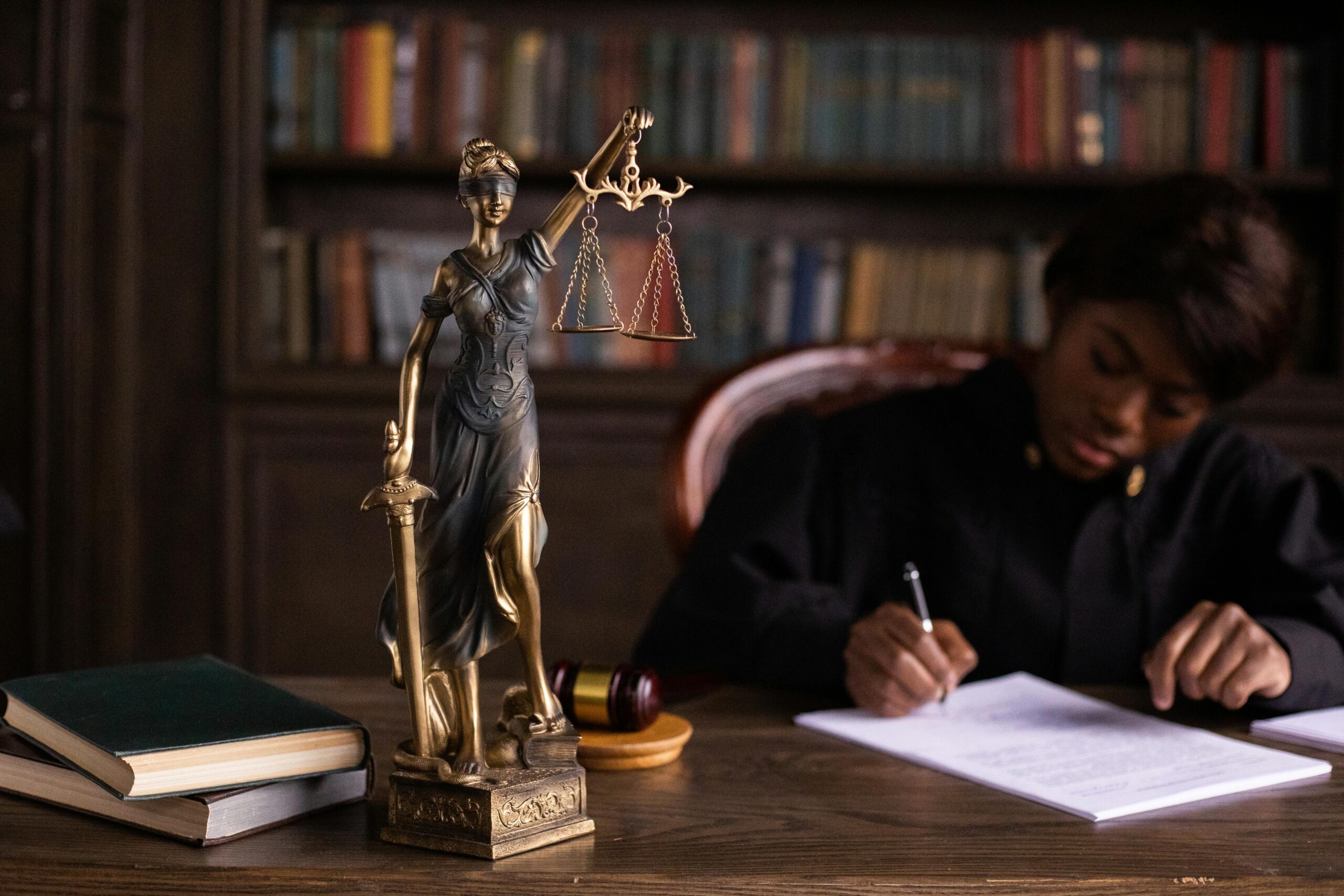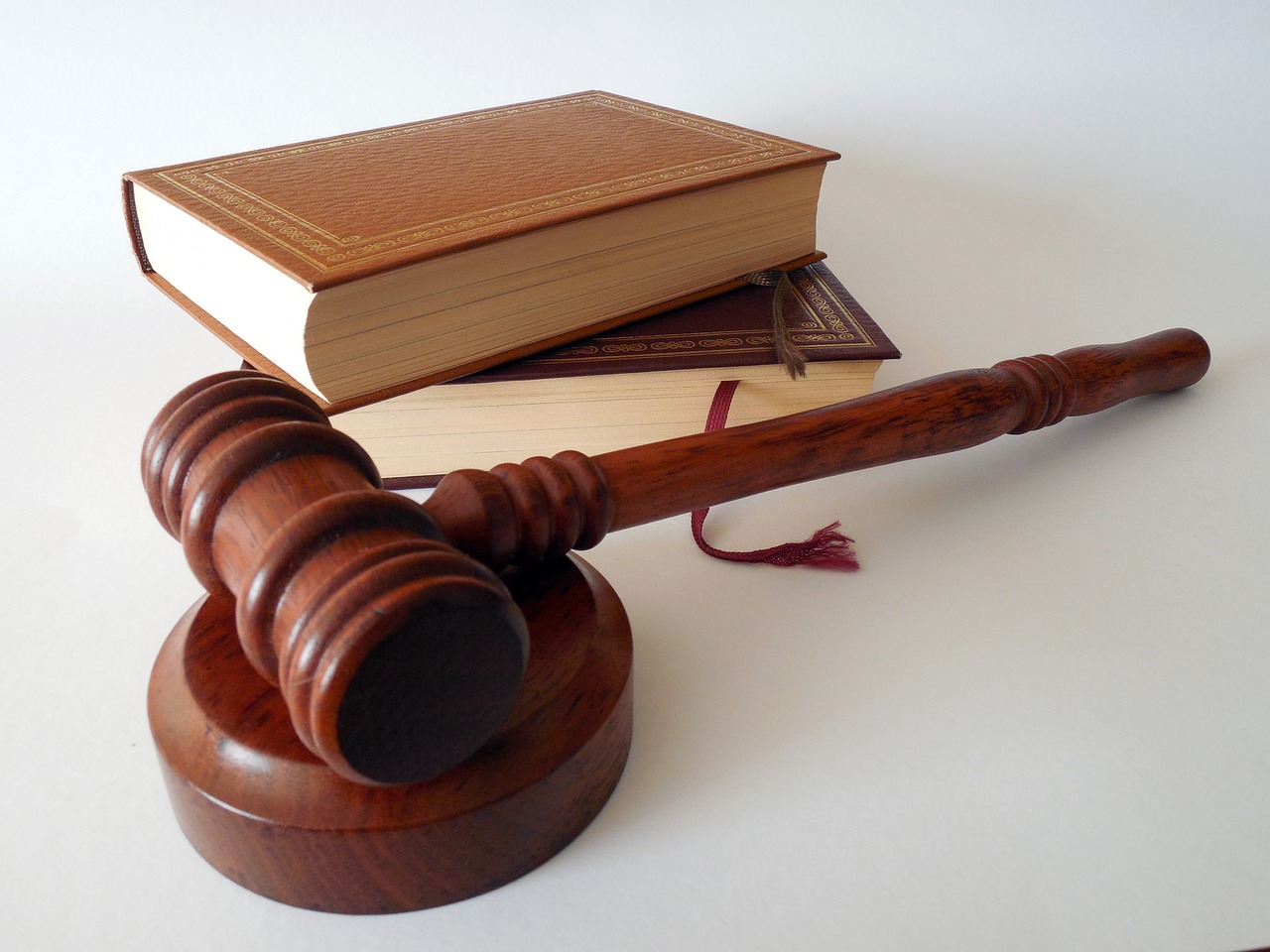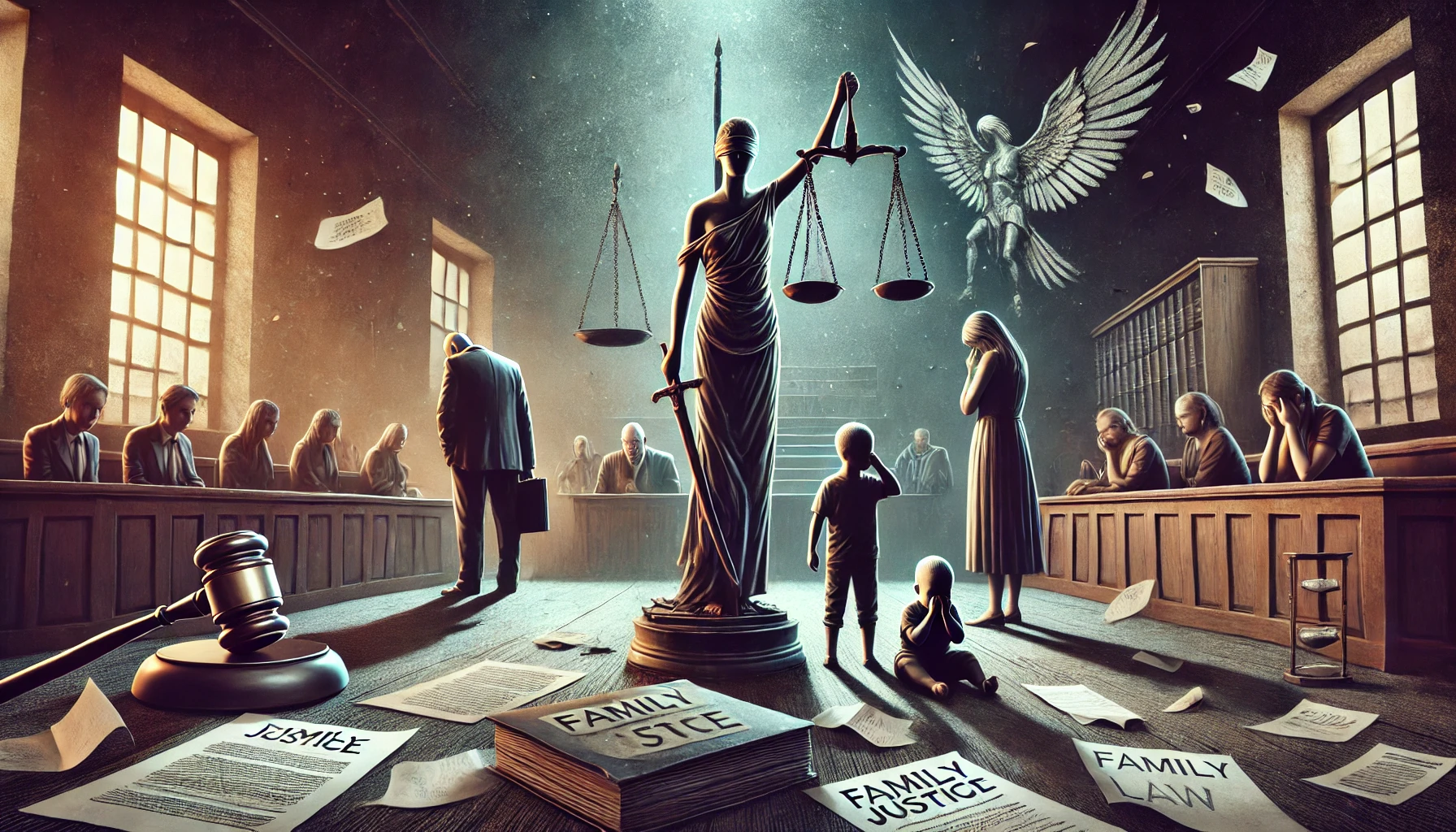Published On: 8 Oct, 2024
Authored By: Summaiya khan
Balaji Law College
Abstract
The right to fair and humane treatment is a fundamental principle of international human rights law, ensuring that all individuals are treated with dignity, respect, and compassion. This article explores the historical development, legal frameworks, and practical applications of this right across various contexts, including the treatment of prisoners, refugees, marginalized communities, and everyday interactions with the state. It also addresses the challenges and barriers to its realization, such as lack of political will, systemic inequality, and cultural norms. The article concludes by outlining strategies for promoting fair and humane treatment, emphasizing the need for strengthened legal protections, public education, enhanced accountability, and international cooperation to ensure that this right is fully respected and upheld worldwide.
KEYWORD
- Human Rights
- Fair Treatment
- Humane Treatment
- Legal Frameworks
- Ethics
- International Law
INTRODUCTION
The right to fair and humane treatment is a fundamental principle of international human rights law, ensuring that all individuals are treated with dignity, respect, and compassion. This article explores the historical development, legal frameworks, and practical applications of this right across various contexts, including the treatment of prisoners, refugees, marginalized communities, and everyday interactions with the state. It also addresses the challenges and barriers to its realization, such as lack of political will, systemic inequality, and cultural norms. The article concludes by outlining strategies for promoting fair and humane treatment, emphasizing the need for strengthened legal protections, public education, enhanced accountability, and international cooperation to ensure that this right is fully respected and upheld worldwide.
The right to fair and humane treatment is a fundamental human right that ensures every individual is treated with dignity, respect, and fairness in all circumstances, regardless of their status, nationality, or background. This right is rooted in the inherent dignity of every person and is protected by various international human rights instruments, national laws, and ethical principles. It prohibits actions that inflict physical or psychological harm, discrimination, or unjust treatment, and mandates that all individuals receive humane and equitable treatment in all interactions, particularly in situations where they are vulnerable, such as during detention, legal proceedings, or while seeking asylum.
Research Methodology
This study employs a qualitative research methodology, primarily based on a review of existing literature, including legal texts, scholarly articles, and reports from international organizations. The analysis also incorporates case studies from judicial decisions and examines contemporary issues through the lens of human rights law. The research aims to provide a holistic understanding of the right to fair and humane treatment by integrating legal analysis with ethical considerations and social implications.
Review of Literature
The review of literature covers a wide range of sources, including foundational human rights documents such as the Universal Declaration of Human Rights (UDHR) and the International Covenant on Civil and Political Rights (ICCPR). It also examines regional human rights instruments like the European Convention on Human Rights (ECHR) and scholarly discussions on the ethical foundations of human rights. Additionally, the literature review explores studies on the treatment of vulnerable populations, the role of civil society in advocating for humane treatment, and the challenges in enforcing this right at both national and international levels.
Criteria
The right to fair and humane treatment encompasses several key criteria, which serve as benchmarks to determine whether this right is being upheld:
- Respect for Dignity: Every person must be treated with inherent dignity, which means recognizing their worth and ensuring that their humanity is acknowledged in all circumstances. This includes avoiding any form of treatment that dehumanizes, humiliates, or degrades an individual.
- Prohibition of Torture and Ill-Treatment: The right to fair and humane treatment explicitly prohibits torture, cruel, inhuman, or degrading treatment or punishment. This criterion applies in all contexts, including detention facilities, legal procedures, and law enforcement practices.
- Fairness and Impartiality: All individuals must be treated fairly and without bias, ensuring that no one is subjected to arbitrary or discriminatory treatment. This includes equal treatment under the law, unbiased judicial processes, and protection against discrimination based on race, gender, religion, nationality, or other characteristics.
- Humane Conditions of Detention and Care: When individuals are deprived of their liberty or placed in institutional care (such as in prisons, refugee camps, or mental health facilities), they must be provided with conditions that meet basic human needs. This includes adequate food, water, shelter, medical care, and protection from
- Access to Justice: The right to fair and humane treatment includes access to legal recourse and the ability to seek redress if one’s rights are This entails fair trial rights, access to legal representation, and the right to appeal against unjust treatment or decisions.
Legal Basis for the Right to Fair and Humane Treatment
The right to fair and humane treatment is a cornerstone of international human rights law, rooted in the principles of human dignity and equality. It is protected by a robust legal framework that includes international treaties, conventions, customary international law, and national constitutions. Below are the key legal instruments that establish and protect this right.
1. Universal Declaration of Human Rights (UDHR)
- Article 1: States that “All human beings are born free and equal in dignity and ” This article lays the foundation for the right to fair and humane treatment by emphasizing the inherent dignity of all individuals.
- Article 5: Explicitly states that “No one shall be subjected to torture or to cruel, inhuman or degrading treatment or punishment.” This is a direct assertion of the right to humane treatment, setting a global standard against torture and mistreatment.
2. International Covenant on Civil and Political Rights (ICCPR)
- Article 7: Reiterates the prohibition of torture and cruel, inhuman, or degrading treatment or punishment, reflecting a binding commitment by state parties to uphold this right.
- Article 10: Provides that “All persons deprived of their liberty shall be treated with humanity and with respect for the inherent dignity of the human person.” This article specifically addresses the humane treatment of prisoners and detainees, requiring that their basic rights and dignity be
3. Convention Against Torture and Other Cruel, Inhuman or Degrading Treatment or Punishment (CAT)
- This treaty, adopted by the United Nations in 1984, provides a comprehensive legal framework to prevent and combat torture and inhumane treatment. It obliges state parties to take effective measures to prevent torture and to punish those responsible for such acts.
- Article 2: Requires that “Each State Party shall take effective legislative, administrative, judicial or other measures to prevent acts of torture in any territory under its jurisdiction.”
- Article 16: Extends the obligation to prevent “other acts of cruel, inhuman or degrading treatment or punishment” that do not amount to torture but are nonetheless prohibited.
Key Judicial Decisions
India has a rich history of jurisprudence that upholds the right to fair and humane treatment. The Indian judiciary, particularly the Supreme Court of India, has played a crucial role in interpreting and enforcing this right, often expanding its scope through landmark judgments. Below are some key judicial decisions that have significantly contributed to the protection and promotion of the right to fair and humane treatment in India:
1. Maneka Gandhi v. Union of India (1978 AIR 597)
- Significance: This landmark judgment expanded the interpretation of Article 21 of the Indian Constitution, which guarantees the right to life and personal liberty. The Supreme Court held that the right to life under Article 21 is not confined to mere physical existence but includes the right to live with The judgment established that any procedure established by law must be “just, fair, and reasonable,” thereby linking the right to fair and humane treatment directly to Article 21.
- Impact: The decision broadened the scope of fundamental rights and made the right to life and personal liberty more inclusive, ensuring that it encompasses the right to fair treatment by the state.
2. Sunil Batra v. Delhi Administration (1978 AIR 1675)
- Significance: In this case, the Supreme Court addressed the conditions of prisoners and the inhumane treatment they The court emphasized that prisoners retain their fundamental rights, except for those that are necessarily curtailed by the fact of incarceration. It condemned the use of solitary confinement and inhumane treatment, stating that such practices violate Article 21.
- Impact: The judgment established that prisoners have the right to be treated with dignity and that any form of cruel, inhuman, or degrading treatment is unconstitutional.
3. Francis Coralie Mullin v. The Administrator, Union Territory of Delhi (1981 AIR 746)
- Significance: The Supreme Court expanded the interpretation of Article 21 to include the right to live with basic human dignity, which covers the right to food, shelter, and basic necessities of life. The court held that any act that deprives a person of these necessities violates their right to life and personal liberty.
- Impact: This judgment reinforced the idea that the right to fair and humane treatment is intrinsic to the right to life, ensuring that the state must provide adequate conditions for a dignified existence.
4. DK Basu v. State of West Bengal (1997 AIR 610)
- Significance: This landmark case laid down detailed guidelines for the arrest, detention, and interrogation of individuals to prevent custodial violence and protect detainees from inhuman treatment. The Supreme Court emphasized the need for transparency and accountability in the process of arrest and detention, stating that any form of torture or ill-treatment is a violation of human rights and Article 21.
- Impact: The guidelines established in this case are still used to ensure the humane treatment of individuals in custody, significantly impacting the law enforcement practices in India.
Enforcement Mechanisms and Remedies
India has a robust legal and institutional framework designed to protect the right to fair and humane treatment. These mechanisms include constitutional provisions, statutory laws, independent institutions, and judicial oversight, which collectively work to ensure that individuals are treated with dignity, fairness, and respect.
However, the effectiveness of these mechanisms depends on their implementation and the accessibility of remedies for those whose rights have been violated.
Constitutional and Legal Framework
- Constitutional Protections:
- Article 21 (Right to Life and Personal Liberty): The most significant constitutional protection for the right to fair and humane treatment in India is Article 21, which guarantees the right to life and personal The Supreme Court of India has interpreted this right expansively to include the right to live with dignity, the right against torture, and protection against arbitrary and inhumane treatment.
- Article 14 (Right to Equality): This article ensures equality before the law and equal protection of the laws within the territory of India. It prohibits discrimination and ensures that all individuals are treated equally by the state.
- Article 22 (Protection Against Arrest and Detention): Article 22 provides specific protections against arbitrary arrest and It ensures that individuals are informed of the reasons for their arrest and have the right to consult and be defended by a legal practitioner of their choice.
- Article 32 and 226 (Right to Constitutional Remedies): These articles empower individuals to approach the Supreme Court and High Courts, respectively, for the enforcement of their fundamental rights, including the right to fair and humane treatment.
2. Statutory Laws:
- The Protection of Human Rights Act, 1993: This Act led to the establishment of the National Human Rights Commission (NHRC) and State Human Rights Commissions (SHRCs). These bodies are tasked with investigating human rights violations, including inhumane treatment, and recommending actions to address them.
- The Indian Penal Code (IPC), 1860: Various provisions of the IPC criminalize acts that violate the right to fair and humane treatment. For example, Section 330 prohibits causing hurt to extort a confession, and Section 376 deals with punishment for rape. Additionally, the IPC contains provisions against unlawful confinement and
· The Juvenile Justice (Care and Protection of Children) Act, 2015: This law specifically addresses the protection of children in conflict with the law or in need of care and protection. It emphasizes the humane treatment of children and prohibits torture or cruel, inhuman, or degrading treatment.
1. National Human Rights Commission (NHRC) and State Human Rights Commissions (SHRCs):
The NHRC and SHRCs are the primary bodies responsible for the protection and promotion of human rights in India. They have the authority to investigate complaints of human rights violations, including those related to fair and humane treatment.
These commissions can:
- Conduct inquiries into complaints of human rights violations.
- Visit detention centers to examine the conditions of inmates and make recommendations.
- Recommend prosecution or other actions against individuals or authorities responsible for human rights abuse.
- Provide compensation to victims of human rights violations.
2. Judiciary:
The Indian judiciary, particularly the Supreme Court and High Courts, plays a crucial role in enforcing the right to fair and humane treatment. Through Public Interest Litigation (PIL), the courts have actively intervened in cases of human rights violations, including custodial deaths, police brutality, and inhumane prison conditions. The judiciary can:
- Issue writs such as habeas corpus, mandamus, and others to enforce fundamental rights.
- Order compensation to victims of rights violations.
- Monitor the implementation of its judgments and orders to ensure compliance.
3. Law Enforcement Agencies:
Law enforcement agencies, including the police and correctional services, are responsible for ensuring that individuals are treated humanely during detention, arrest, and incarceration. The implementation of training programs on human rights, the establishment of internal oversight mechanisms, and the adherence to guidelines issued by the Supreme Court, such as the D.K. Basu guidelines on arrest and detention, are critical to this effort.
Suggestions
Based on the analysis, the article offers several suggestions for enhancing the protection of the right to fair and humane treatment:
- Strengthening Legal Frameworks: Encouraging states to ratify international treaties and incorporate them into domestic law.
- Improving Oversight Mechanisms: Establishing independent bodies to monitor and report on human rights abuse.
- Promoting Human Rights Education: Raising awareness about the right to fair and humane treatment through education and training programs.
- Supporting Civil Society: Enhancing the role of NGOs and other civil society organizations in advocating for the protection of this right.
- Addressing Cultural Sensitivities: Ensuring that the implementation of this right respects cultural differences while upholding universal human rights standards.
Remedies for Violation of the Right to Fair and Humane Treatment
1. Judicial Remedies:
Individuals whose right to fair and humane treatment has been violated can seek remedies through the courts. The Indian judiciary has been proactive in providing relief in such cases. Some of the judicial remedies available include:
- Compensation: The courts can order the state to pay compensation to victims of human rights violations, including those involving torture, unlawful detention, or inhumane treatment. The Supreme Court and High Courts have awarded compensation in several landmark cases.
- Injunctions and Writs: Courts can issue injunctions to prevent further violations of rights and writs such as habeas corpus for the immediate release of individuals unlawfully detained.
- Prosecution of Offenders: The courts can direct the prosecution of individuals responsible for violations, including law enforcement officers involved in custodial violence or torture.
2. Complaints to Human Rights Commissions:
Victims of human rights violations, or their representatives, can file complaints with the NHRC or SHRCs. These commissions have the authority to investigate such complaints, recommend prosecution, and award compensation to victims. The NHRC also has the power to approach the courts if its recommendations are not implemented.
3. Civil Remedies:
Victims can also seek civil remedies, such as damages for wrongful acts committed by the state or its agents. Civil suits can be filed against the state for tortious acts, such as unlawful detention, assault, or negligence, which result in harm to individuals.
Recent Developments
1. Criminal Law Reforms of 2023
In 2023, India introduced sweeping reforms to its criminal justice system through the passage of three significant laws: the Bhartiya Nyaya Sanhita 2023, the Bhartiya Nagarik Suraksha Sanhita 2023, and the Bhartiya Sakshya Adhiniyam 2023. These laws replaced the outdated Indian Penal Code of 1860, the Criminal Procedure Code of 1973, and the Indian Evidence Act of 1872. These reforms mark a shift towards a more humane and modern legal framework, with an emphasis on protecting the rights and dignity of individuals within the justice system.
One of the key features of these reforms is the humanization of the criminal justice process. The Bhartiya Nagarik Suraksha Sanhita 2023, for instance, introduces timelines for investigations and ensures a more accessible and responsive justice system. It also emphasizes the importance of humane conditions for individuals involved in legal proceedings, including better forensic procedures and protections against torture and ill-treatment.
2. UN Initiatives in Promoting Humane Prison Management
In 2024, the United Nations in India highlighted efforts to promote humane treatment within the country’s prison system. One notable initiative is the introduction of programs that use innovative methods, such as chess, to foster a more humane environment in prisons. These programs aim to improve the mental well-being of inmates, encourage constructive behavior, and reduce the overall stress and tension within prison facilities. Such initiatives are part of a broader effort to align India’s prison management with international human rights standards, ensuring that the dignity and rights of prisoners are upheld.
3. Judicial and Legislative Focus on Protecting Vulnerable Populations
India’s recent legal and judicial actions have also placed a strong emphasis on protecting vulnerable populations, such as women, children, and marginalized communities. The new legal framework introduced in 2023 strengthens penalties for serious offenses like rape and human trafficking, reflecting the country’s commitment to protecting these groups from harm and ensuring justice for victims. The removal of the sedition law and its replacement with a more focused law on treason and acts threatening national security also indicates a shift towards protecting individual rights while maintaining national integrity.
Conclusion
India’s judiciary has played a crucial role in upholding this right, with landmark judgments reinforcing the importance of humane treatment in detention, fair trial rights, and protection against discrimination. Civil society organizations and human rights defenders in India continue to advocate for the rights of vulnerable populations, ensuring that their voices are heard and their rights are respected.
As India continues to develop and face new social and economic challenges, the commitment to fair and humane treatment must remain a cornerstone of its democratic ethos. By addressing the gaps in implementation, enhancing accountability, and fostering a culture of respect for human dignity, India can ensure that the right to fair and humane treatment is fully realized for all its citizens, thereby strengthening its democracy and social fabric.
REFERENCE
- Human Rights Watch, Torture and Inhumane Treatment, https://www.hrw.org/topic/torture
- United Nations. (1948). Universal Declaration of Human Rights. Available at: https://www.un.org/en/about-us/universal-declaration-of-human-rights
- Universal Declaration of Human Rights, A. Res. 217A, U.N. Doc. A/810 (Dec. 10, 1948).





